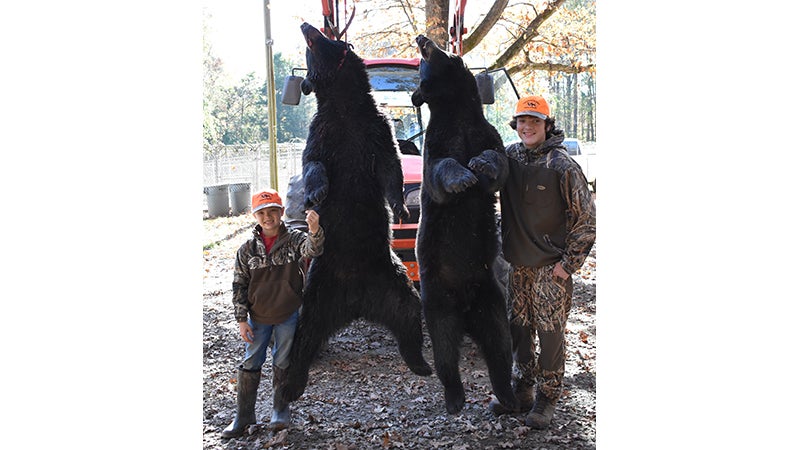Autumn Leaves
Published 3:43 pm Thursday, September 22, 2011
Did you ever wonder why autumn is referred to as fall?
The answer is as close as the nearest wood lot. While this is only the first official day of autumn, leaves are already starting to fall at a steady pace.
This brings up another interesting linguistic question.
Are leaves so named because they leave every year when fall arrives?
I'm not sure of the origin of either word, but I do know this – in the blink of an eye the trees will be decked out in all their fall finery. Once the leaves have reached their peak color, of course, we all know what happens next. They leave!
Scientifically speaking, there's a compelling reason for trees to rid themselves of leaves before winter: Jack Frost tells them to.
As days grow shorter an invisible but unerringly accurate seasonal clock sounds the alarm. It's time for trees to shut off the sap supply that nourished leaves all spring and summer. Failure to do so will literally sap the strength of a tree when cold winter winds begin to blow.
The intensity of leaf color from autumn to autumn is another puzzle.
From what I remember of science class, deep red leaf color results during years with warm sunny fall days and cool nights, conditions that transform leftover food in the leaves into red pigment. Bright yellow and orange hues occur when chlorophyll, which helps make photosynthesis happen and masks other colors already in the leaves, is destroyed.
In spite of scientific explanations, I prefer to think of trees as individuals who display varying degrees of fall finery according to their own personal flair.
Next to our deck is a sugar maple that we planted about 20 years ago. While this particular tree is one of the tallest maples on the farm it is also the slowest to change its seasonal attire. All of this maple's cousins down by the creek have already put on a fine fall showing by the time by the time this neighborly tree lights up the yard with its red and orange glow.
When it does finally respond to nature's call about mid-November our deckside maple is a sight to behold.
Lining up along the windows of the sunroom, the cats also enjoy the tree's fall grandeur (or perhaps the grander number of birds in its branches come fall). Their eyes almost glow with the reflected shades of orange, yellow, and red.
Could it be that our leafy neighbor enjoys our company and chooses to stay around for awhile before nodding off for a long winter's nap?
I like to think so.
I have noted during the course of many fall seasons on the farm that some trees cling to their leaves until after the first snowfall while others are bare by Halloween. No tree, of course, stands a ghost of a chance in the goat pasture. Goats don't care if leaves are green, yellow, orange, or red – they're all on the menu for lunch.
From a goat's point of view, I suppose autumn is like heaven on earth – which is exactly where leaves fall once the weather starts to change. All summer long my cloven-hooved friends have had to stand on their tiptoes to nibble on leaves. With fall, leaves come to them!
Goats have a knack for selecting the most leaf-friendly trees in the pasture. Long before “falling weather” begins the whole herd can be found camped out under the trees that drop their leaves with the greatest speed. A large persimmon in the back pasture is a particular favorite. It offers leaves and dessert – pinkish-orange (although still puckery) fruit. Once persimmons start falling I tend to avoid that area of the pasture. I've learned from experience that it's never wise to get between a goat and a persimmon.
For the duration of autumn, in fact, I don't see much of the goats. They're always out in the field, tails in the air and noses to the ground – and praying for wind.
A windy fall day is undoubtedly goat heaven. Nothing rivals the expression of a goat enveloped in a cascade of falling leaves.
I'm inclined to share my goat's opinion of the season.
I relish it all – the colorful canopy of leaves overhead, the leaves swirling through the air, and the crinkly crunch of the thick carpet of leaves underfoot.
Yes, it's easy to fall for fall when you live in the woods.
I will admit to a sense of loss when the leaves finally do take their leave. I know it won't be long before the trees are sleeping giants, their boney skeletons etched against a cold winter sky. I take comfort in the fact that while their arms may be chilly, every tree in the woods has been tucked in for the winter, and their roots covered by a thick blanket of -you guessed it – fall leaves.
All things considered, fall is a pretty good name for autumn after all.






